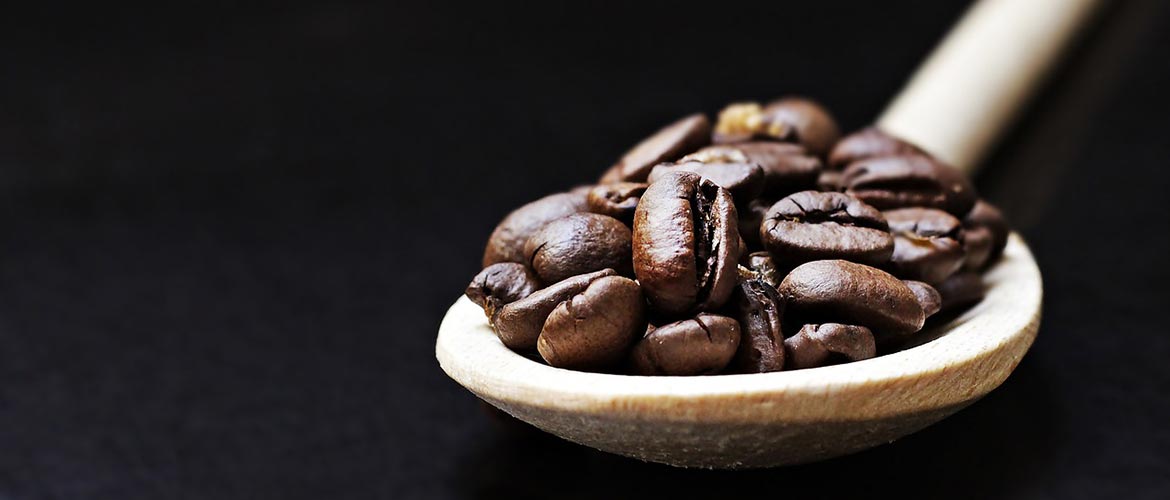 No time to read? Listen to the podcast.
No time to read? Listen to the podcast.
You’ve seen it many times. Snoopy, in the comic strip Peanuts, sits on the roof of his dog house writing another novel. Like the ones before it, this one starts with, “It was a dark and stormy night.”
Yeah? And then?
Maybe Snoopy is too modest to admit what happened. Maybe he is hesitant to get involved with a Nazi sympathizer. Maybe he pauses at the end of that sentence because he really doesn’t know the truth.
For it was on a dark and stormy night that the world was given decaffeinated coffee.
No, it wasn’t Roselius’s attempts to get close to Adolph Hitler nor his twice-denied application to join the Nazi party. This was worse.
It’s not exactly clear that by the mid-19th century the world was looking for a way to take caffeine out of coffee. By then, caffeine was already woven into the fabric of society thanks to the invention of time.
Well, not any time. The time we came to measure down to the second.
During medieval times, clocks, such as they were, consisted of a single hand that rotated once every quarter hour. The minute hand wasn’t invented until the mid-1600s. But by the 1800s, when clocks could measure minutes and seconds, somebody came up with the bright idea of making schedules. This was quickly followed by a second bright idea—holding meetings—to make sure everybody was paying attention to the schedules.
Before you could say, “Last person to the meeting has to bring doughnuts,” people could no longer be caught napping. Long before professional sports, the time was ripe for a performance-enhancing drug. Caffeine was in.
That combination, the clock and caffeine, according to Bennett Alan Weinberg and Bonnie K. Bealer, authors of The World of Caffeine: The Science and Culture of the World’s Most Popular Drug, “may have been essential to the development of modern civilization.”
In true human fashion, as soon as caffeine was in, people began looking for ways to take it out.
Which brings us back to Snoopy, and the hero of the story, a merchant named Ludwig Roselius of Bremer, Germany. In 1897, Roselius became part-owner of his father’s coffee wholesale and roasting business. He toiled away, doing whatever it was part-owners did in the early 20th century, until that dark and stormy night in 1903.
(For the Record: It could have been a dark and stormy day, too. Or just stormy. Or a little rocky. But history is mum on the topic and Snoopy hasn’t returned my calls.)
A shipment of coffee beans from Latin America, destined for Roselius’s coffee roasters, was battered by rough seas, leaving it drenched in sea water.
It also left the beans with precious little caffeine.
Roselius and his researchers tasted the coffee and found that, outside of a bit of salty tang, the beans’ flavor was mostly intact. This is no mean feat, since coffee gets its flavor from nearly 1000 different chemicals. Yet, only the caffeine seemed to have been lost at sea.
Not wanting to trust that every shipment of beans would be caught in a storm, Roselius perfected and patented a more reliable method for decaffeinating coffee beans. That was in 1906, and he began marketing decaffeinated coffee in Europe.
According to S. Jonathan Wisen, author of “What do decaffeinated coffee and Hitler have to do with each other?” a key component of Roselius’s advertising was “[his] claim that caffeine was a poison and that decaf coffee was good for one’s heart, calmed the nerves, and enabled people to maximize productivity at work and play.”
The message had a special resonance with Germans, who believed in superiority through health. But the message wasn’t delivered without irony.
Roselius washed the caffeine out of steamed coffee beans not with sea water but with benzene, a toxic chemical that promoted cancer more than healthy living. Nevertheless, Roselius continued to decaffeinate his coffee the old-fashioned way when he opened his U.S. operation in 1910.
Why not? He’d already done the unthinkable.
No, it wasn’t the benzene, his attempts to get close to Adolph Hitler nor his twice-denied application to join the Nazi party (he was rejected because he promoted “degenerate art” in Böttcherstasse, a 300-foot long street in Bremer which Roselius owned). This was worse.
Roseilus named his decaffeinated coffee Sanka.
It was a harmless French word, meaning without caffeine, but it quickly became the generic name for a hot, flavorless, decaffeinated, dark-colored liquid which, in the opinion of many, would have tasted better if the makers had left the sea water in.
While we may never know why Snoopy couldn’t get past the first sentence of his book, at least the question won’t keep us up at night.
A tip of the hat to all-star barista Ana Aguilar for alerting me to decaf’s salty history.
Start your Sunday with a laugh. Read the Sunday Funnies, fresh humor from The Out Of My Mind Blog. Subscribe now and you'll never miss a post.
Mind Doodle…
In an effort to produce a rich-tasting coffee that is naturally caffeine-free, researchers are cross-breeding wild coffee plants that have no caffeine with the popular roasting varieties of Arabica and Robusta. The problem is, caffeine is a natural insecticide, and coffee plants that are caffeine-free contain bitter-tasting compounds to repel insects. Seems there’s no such thing as a free lunch—or a dime cup of decaf coffee.
